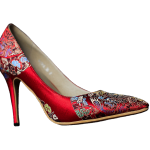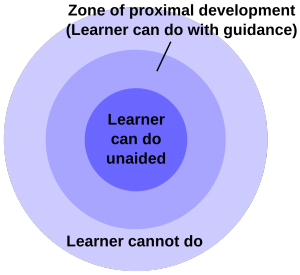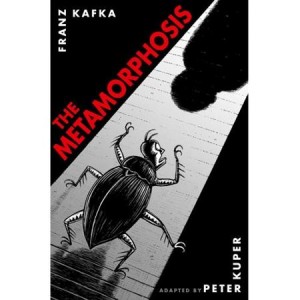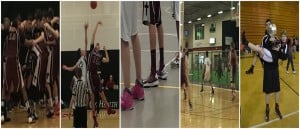I am currently a PBL (Project-based learning) coach, helping schools transform themselves from traditional forms of teaching and learning into a model that emphasizes deep, investigative, collaborative, student-centered learning. I came to this career through a circuitous path.
My first career was in information technology, where I spent nearly two decades. I began with computer programming, systems analysis, customer support, and the like. Over a period of time, I gravitated to project management, where I enjoyed a number of extremely challenging, thrilling, hair-pulling, personal growth years.
In the final multi-million dollar projects I facilitated, there were team members from a diverse set of companies, nationalities, and cultures. In those experiences, I engaged in my own real-world learning of becoming a global citizen, a reality our students will face as they enter the work force.
Those years also contributed greatly to my understanding of PBL as a methodology. The underlying concepts of projects and project management are constant, regardless of the industry.
Then, I became a stay-at-home mom. By choice. Definitely the most difficult job I have ever had. But, that’s a different post. When my now-20-year-old son was still a toddler, I began exploring the idea of home schooling. My bosom buddy was already of that mind set, and after research of my own on the advantages, I took the plunge.
During the fifteen years that have elapsed since we formally began schooling at home, I have revised and honed my education philosophy in many iterations, using my two sons as guinea pigs. One fabulous advantage of being a home educator is that if you (or your child) dislike materials, you get rid of them (hopefully by selling them to someone else), even if you are only two weeks into the school year, and then move on.
Over the years, it became apparent to me that the methodology that worked best for me and my kids was student-interest based. This conclusion was further cemented as I took college courses related to education methodologies, and researched the positives that PBL brings to the table, such as that its use “increases long-term retention of content, helps students perform as well as or better than traditional learners in high-stakes tests, improves problem-solving and collaboration skills, and improves students’ attitudes towards learning.”
In our home school, we incorporated lots of investigation, whether wading into a pond to see what lives there, going to museums, creating explosions with cohorts of other home school families, watching documentaries, or building marble runs and trying to get the marbles to go where they were supposed to.
My critter lover brought things home from the pond and built habitats for them. He also had any number of domesticated pets, including frogs, snakes, fish, rats… YouTube became his go-to place to learn nearly everything, not only about his pets, but how to tie a necktie and screen print a shirt.
My thinker child devoured books, both fiction and non-fiction, and contemplated the world from angles I have never considered. We carried on magnificent discussions on everything from Calvin & Hobbes to Socrates (although these may be one and the same).
A recent experience younger son (currently 16) went through brought the value of this methodology all home to me. He is taking German at a local four-year liberal arts college, where he breezed through the first two terms, putting some effort into the class, but not a ton. The third term is being taught by a different professor, who on the first day of class announced that the students should expect to spend ten hours outside class each week on their homework. Oh, and by the way, he only gives a 100% or 0% on assignments, so students need to be extremely diligent in their work (another post sometime about the effectiveness of that approach!).
My son came home practically hyperventilating, and began campaigning to drop the class because it was certain to be too hard and too stressful. I assured him he had three weeks to decide whether he really needed to drop the course, and also stated that he shouldn’t run away from the challenge just because it seemed difficult.
Within a week, the waters had calmed, and the German studies were marching along quite well. The professor didn’t seem quite an all-or-nothing kind of guy. The homework wasn’t taking quite as much time as predicted. Further progress in mastering the German language was being made.
Then, my son came home and said the professor had declared him an autodidact. This was the most brilliant praise I could receive as a home (or any other) educator. Isn’t that our ultimate goal? To develop our students into autodidacts? Our job is not to stuff information into them so they can regurgitate it. Our job is to teach them the concepts and skills that inspire them to remain learners throughout their lifetime. As part of that, we need to help them develop a growth mindset, to realize hard work and persistence are effective in building competence and success.
Now to carry this success forward, to the schools I am currently working with, and to others that embrace PBL. Too many opportunities, too little time.



